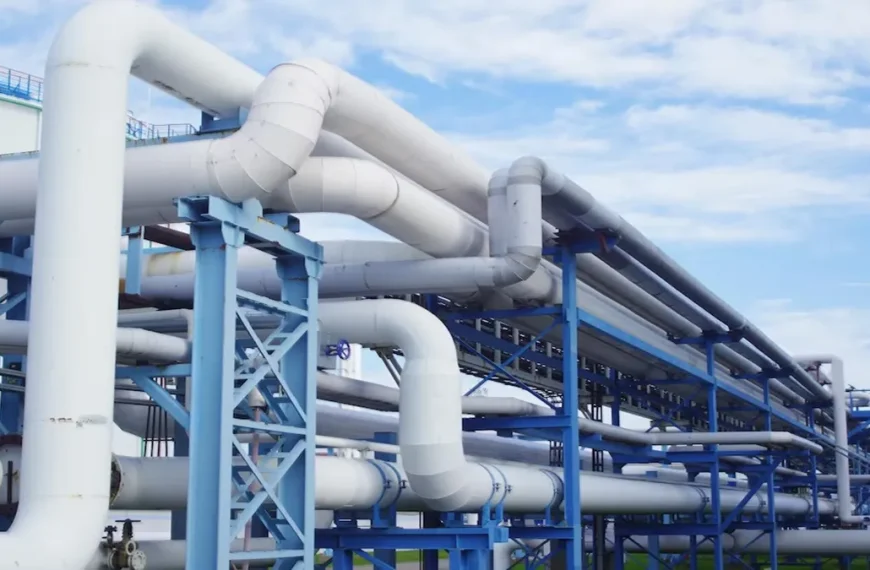In recent market fluctuations, Indian automobile stocks have faced significant setbacks, making them some of the hardest hit in the current downturn. Once thriving in the spotlight, these stocks are now grappling with challenges that have severely dampened investor enthusiasm. The Nifty Auto index, which showcases the performance of 15 major auto companies, has plummeted nearly 4%, hitting a 52-week low of 19,316. However, on April 8, the index managed a slight recovery, rising by approximately 1%, yet it still lingers 28% below its peak of 27,696 from September.
Declining Values Across the Board
A staggering 14 out of 15 stocks in the Nifty Auto index are now trading at substantial discounts compared to their recent highs. Tata Motors stands out as the largest underperformer, having dropped 50% from its one-year high of ₹1,179 to its current price of ₹587. Fellow industry players Mahindra & Mahindra and Maruti Suzuki are also struggling, trading 23% and 20% below their respective recent highs. Additionally, auto ancillary firms like Samvardhana Motherson International have seen their stocks decline by 48%. This widespread dip has resulted in a significant erosion of investor wealth.
Domestic Challenges Affecting Growth
The pressure on automobile stocks is largely attributed to sluggish domestic demand, especially within the passenger vehicle sector. Urban consumers are feeling the squeeze from rising food prices and stagnant wages, causing many to delay vehicle purchases. This trend is particularly evident in the small car market, where sales have been lackluster. Experts attribute this slowdown to a mix of affordability issues, diminishing pent-up demand after the COVID-19 pandemic, and a high base effect from previous years.
- Projected growth for FY25 is expected to be in the single digits for the second consecutive year.
- OEMs predict a modest year-on-year growth of only 1-4% for FY2025-26.
- In FY24, India’s passenger vehicle sales surpassed 4 million, marking an 8.6% increase from FY23, yet still falling short of pre-pandemic levels.
While two-wheeler sales appear robust, this is primarily due to strong export performance, as domestic demand continues to lag.
Intensifying Competition and Tariff Concerns
The Indian automobile sector is bracing for increased competition as both the U.S. and European Union push for reductions in high import tariffs during ongoing trade discussions. The EU is advocating for the complete removal of car import duties, which currently exceed 100%. Reports suggest that India is considering a phased approach to reduce these tariffs, which could greatly benefit European automakers like Volkswagen and BMW.
Additionally, the U.S. is encouraging India to lower tariffs on electric vehicles (EVs), potentially aiding firms like Tesla in their ambitions to enter the Indian market. Indian manufacturers, including Tata Motors and Mahindra & Mahindra, are voicing concerns that such drastic tariff reductions could jeopardize local production, especially in the burgeoning EV sector.
Impact of U.S. Tariffs on the Indian Market
While recent tariffs imposed by U.S. President Donald Trump may not directly affect Indian automobile exports, they could have repercussions for the domestic auto ancillary industry, which relies heavily on global markets. Analysts from Kotak Institutional Equities indicate that the 25% tariff on auto parts, coupled with a potential 26% reciprocal tariff, could pressure margins for global auto suppliers.
- Increased costs may lead suppliers to absorb some expenses, squeezing profit margins.
- Competition could escalate as U.S.-based manufacturers gain advantages in cost and logistics.
- Higher tariffs could lead to increased vehicle prices, dampening demand in the U.S. and impacting global supply chains.
Looking Ahead: A Cautious Outlook
The outlook for the automobile sector appears cautious, with Motilal Oswal projecting only 2% year-on-year earnings growth for its auto OEM coverage universe in Q4FY25. Companies like TVS Motor, Mahindra & Mahindra, and Eicher Motors are expected to perform better, while Hyundai may experience the most significant earnings decline of 21% year-on-year, largely due to margin pressures.
- The overall forecast for Maruti Suzuki is similarly subdued, with an anticipated 10% earnings drop for the quarter.
- Within the ancillary sector, only 5 out of 16 companies are expected to see earnings growth, with no company projected to achieve double-digit increases.
As the Indian automobile market navigates these turbulent waters, stakeholders will need to monitor both domestic challenges and international pressures closely.











